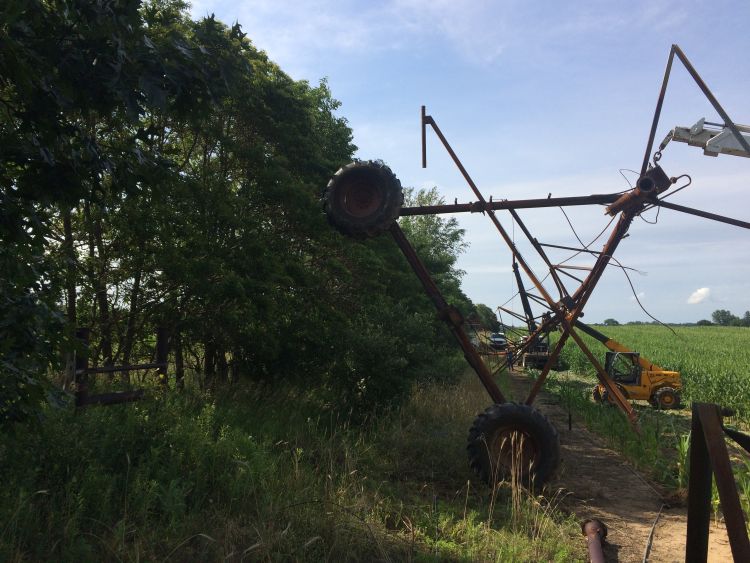The 2024 OISC Clean Sweep Pesticide Disposal participant form is attached and available via the OISC website at the link.
The 2024 OISC Clean Sweep Pesticide Disposal participant form is attached and available via the OISC website at the link.

Early spring flowers have already cycled through, I’m on record pace for mowing my yard, and field activity has been delayed due to a wet April.

Recent conversations with individuals about poison hemlock and cressleaf groundsel, plants with toxicity concerns, prompts me to inform producers and agricultural professionals about the “Toxic Plant Exhibit” at the Southern Indiana Agricultural Center.
Armyworm Pheromone Trap Report – 2024

There is some very exciting news this week for Indiana with respect to the U.S. Drought Monitor. For the first time since April 25, 2023, the entire state is void of any Abnormally Dry (D0) or Drought (D1-D4) conditions.

Running through a checklist of inspections and repairs for each irrigation system greatly improves the chance of being able to start irrigating the day the crop needs it.

As planting season begins and corn plants begins to emerge, a very important step to take each spring is to assess the emergence of the corn plants and take note of any abnormalities, missing plants, or uneven emergence patterns.

It is time to keep an eye on wheat for diseases and scab risk. There are a number of foliar diseases in wheat to watch out for.

Locally, we have been impressed with the number of black cutworm moths captured in our pheromone traps the last few weeks.
Armyworm Pheromone Trap Report – 2024
© 2024 Purdue University | An equal access/equal opportunity university | Copyright Complaints | Maintained by Pest&Crop newsletter
If you have trouble accessing this page because of a disability, please contact Pest&Crop newsletter at luck@purdue.edu.